
How to climb Mount Fuji, tips and equipment
Climbing Mount Fuji is a once-in-a-lifetime experience that attracts thousands of adventurers each year. Standing at 3,776 meters, Japan’s tallest mountain is not only a symbol of beauty and culture but also a challenging and rewarding journey for climbers. The official climbing season typically runs from early July to early September, when the trails are open and the weather is suitable for the ascent.
This guide will cover everything you need to know for a successful climb of Mount Fuji, including routes, tips for preparation, essential equipment, and safety considerations.
Contents
1. Choosing Your Climbing Route
3. Essential Equipment for Climbing Mount Fuji
4. Safety Tips and Considerations
1. Choosing Your Climbing Route
Mount Fuji has four main climbing routes, each offering unique experiences and challenges. All routes start from different 5th Stations, the highest points accessible by public transportation. The routes vary in difficulty, amenities, and the scenery they offer, so it’s essential to choose one that matches your fitness level and preference.
Yoshida Trail
The Yoshida Trail, on the mountain’s northern side, is the most popular and well-developed route. Starting from the Fuji Subaru Line 5th Station, it has many mountain huts along the way, making it ideal for beginners. The trail is relatively less steep and is often crowded during peak season, providing a more social climbing experience.
Subashiri Trail
Known for its lush forested path, the Subashiri Trail starts from the Subashiri 5th Station. The trail merges with the Yoshida Trail near the 8th Station, offering both scenic forest views and volcanic landscapes. It is less crowded than the Yoshida Trail and has soft volcanic sand on the descent, making it easier on the knees.
Fujinomiya Trail
This trail, starting from the Fujinomiya 5th Station, is the shortest but steepest route to the summit. Located on the southern side of the mountain, the Fujinomiya Trail is popular for its challenging incline and more direct ascent. It’s ideal for experienced climbers and has fewer mountain huts than the Yoshida Trail.
Gotemba Trail
The Gotemba Trail, starting from Gotemba 5th Station, is the least crowded but longest route. The starting altitude is much lower than other trails, adding hours to the climb. This trail is best suited for those seeking solitude and a more physically demanding experience.
2. Preparing for the Climb
Proper preparation is essential to safely and comfortably reach the summit of Mount Fuji. The climb can be physically and mentally challenging, especially for beginners, due to the elevation, weather conditions, and long ascent.
Training and Physical Preparation
Although Mount Fuji is not technically difficult to climb, it requires a good level of fitness. Here are some training tips:
- Cardiovascular Fitness: Prepare with aerobic exercises like hiking, running, or cycling to build stamina.
- Strength Training: Focus on leg strength with exercises like squats, lunges, and step-ups to handle the incline.
- Altitude Acclimatization: If possible, try hiking at higher elevations to prepare for the thinner air at the summit.
Weather and Climbing Season
The official climbing season on Mount Fuji is from early July to early September. During this time, trails are open, and mountain huts are operational, with milder temperatures and safer conditions. Outside the season, climbing can be dangerous due to snow, ice, and extreme weather. It’s best to check weather forecasts and trail conditions before your climb.
3. Essential Equipment for Climbing Mount Fuji
Proper equipment is key to a successful and enjoyable climb. Here’s a checklist of essential items for Mount Fuji:
Clothing
The weather on Mount Fuji can vary greatly from the base to the summit. Dressing in layers will help you adjust to changing conditions.
- Base Layer: A moisture-wicking shirt will keep sweat off your skin and help regulate body temperature.
- Insulating Layer: A fleece or down jacket provides warmth as you ascend to higher, colder altitudes.
- Outer Shell: A waterproof jacket and pants will protect you from wind and rain.
- Gloves and Hat: Essential for keeping warm at higher altitudes, where temperatures can drop significantly.
Footwear
Proper footwear is crucial for comfort and safety.
- Hiking Boots: Sturdy, waterproof boots with good ankle support are ideal for handling rough and rocky terrain.
- Socks: Wool or moisture-wicking socks help keep your feet dry and comfortable.
Backpack Essentials
- Water: Bring at least 2-3 liters of water. Dehydration can be a risk, especially at higher altitudes.
- Snacks and Energy Bars: High-energy snacks will help you stay fueled throughout the climb.
- Headlamp: Essential if you plan to do a sunrise climb or might descend after dark.
- Personal First-Aid Kit: Include bandages, blister pads, pain relievers, and altitude sickness medication if needed.
- Sunscreen and Sunglasses: The sun can be intense at high altitudes, so protect your skin and eyes.
- Portable Charger: If you’re using your phone for photos or navigation, a portable charger will keep it powered.
Additional Gear
These items aren’t mandatory but can enhance your climbing experience:
- Walking Poles: Helpful for stability and reducing knee strain on the descent.
- Oxygen Canister: Some climbers carry small oxygen canisters to help with altitude sickness, though it’s typically only necessary for those sensitive to elevation.
4. Safety Tips and Considerations
Safety is paramount when climbing Mount Fuji. Here are some essential safety considerations:
Pace Yourself
Climbing Mount Fuji is a marathon, not a sprint. Maintaining a steady, comfortable pace will help you conserve energy and avoid altitude sickness.
Stay Hydrated
Altitude and physical exertion increase the risk of dehydration. Drink water regularly throughout the climb and avoid excessive caffeine or alcohol beforehand.
Be Aware of Altitude Sickness
Altitude sickness can affect anyone, even experienced climbers. Symptoms include headaches, dizziness, and nausea. If you experience severe symptoms, descend to a lower altitude and rest.
Check Weather Conditions
Weather on Mount Fuji can change rapidly. Check the forecast before your climb, and be prepared for cold, wind, and rain, even if conditions are sunny at the base.
Respect the Environment
Mount Fuji is a UNESCO World Heritage site, so be sure to leave no trace. Carry out any trash, stick to marked trails, and respect the natural landscape.
5. Mountain Huts and Overnight Options
Mountain huts provide a place to rest, refuel, and even stay overnight during your climb. They are especially popular with climbers aiming to see the sunrise from the summit, as they allow you to break up the ascent and rest midway.
Booking a Mountain Hut
It’s recommended to reserve a mountain hut in advance, especially on weekends and holidays when they can fill up quickly. Most huts provide simple meals and a sleeping area with basic bedding. Some popular huts are located along the Yoshida and Fujinomiya trails.
Overnight Climb
Many climbers opt to start their ascent in the evening, reaching the summit by dawn to watch the sunrise, a phenomenon known as Goraiko (“arrival of light”). If you plan to do this, bring a headlamp and warm layers, as temperatures drop significantly overnight.
6. Tips for a Successful Climb
Here are some final tips to ensure a memorable and successful Mount Fuji climb:
Start Early
Climbing early in the day helps avoid crowds, especially on weekends. An early start also allows for a more relaxed pace and plenty of time to enjoy the scenery.
Plan for Rest Stops
Take regular breaks to rest, hydrate, and snack. The higher altitudes require more energy, and pacing yourself will make the climb more enjoyable.
Bring Cash
Mountain huts and other facilities along the trails only accept cash, so bring enough for food, water, and any fees. The entrance fee is optional, but your contribution supports the conservation of Mount Fuji.
Embrace the Experience
Climbing Mount Fuji is as much about the journey as it is about reaching the summit. Take time to soak in the landscape, meet fellow climbers, and appreciate the unique atmosphere of Japan’s most famous mountain.
Mount Fuji offers a challenging but highly rewarding experience for climbers of all levels. With the right preparation, gear, and mindset, your journey to the top of Japan’s tallest peak will be a memorable adventure filled with breathtaking views and personal accomplishment.
Share
You may also like
-

Visiting Japan’s Love Hotel Districts: What to Expect
Japan’s love hotel districts are famous for their unique and fascinating blend of privacy, creativity, and a touch of...
-

Top 10 Late-Night Dining Spots in Tokyo’s 24-Hour Cafes
Tokyo’s vibrant nightlife extends well beyond bars and nightclubs, with a thriving late-night dining culture tha...
-

Best Night Tours in Tokyo for After-Dark Adventures
Tokyo’s nightlife is renowned for its energy, vibrancy, and unique blend of traditional and modern experiences. From ...
-

Japan’s Late-Night Food Culture: 8 Best Street Eats
Japan’s late-night food culture is a vibrant experience, especially in bustling cities like Tokyo and Osaka, where de...
-

7 Rooftop Bars in Tokyo for Stunning Views
Tokyo’s rooftop bars offer some of the best ways to soak in the city’s skyline while enjoying drinks, atmosphere, and...
-

10 Best Nightclubs in Tokyo for Dancing and Music Lovers
Tokyo's nightlife is renowned for its variety and energy, with nightclubs that range from high-energy dance floors to...
-

8 Themed Bars and Cafes You Need to Visit in Tokyo
Tokyo is famous for its creative and quirky themed bars and cafes, offering immersive experiences for locals and...
-

Tokyo Nightlife Guide: Shinjuku, Shibuya, and Roppongi Highlights
Tokyo’s nightlife is legendary, offering a mix of vibrant energy, entertainment, and unique experiences in some of it...
-
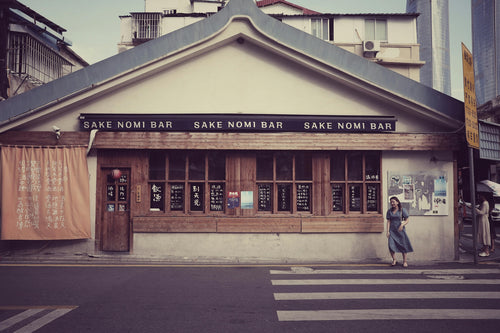
7 Best Japanese Sake Bars in Tokyo
Tokyo is home to some of Japan’s best sake bars, offering both locals and visitors an opportunity to explore the...
-

Top 6 Observation Decks in Tokyo for Scenic Views
Tokyo’s observation decks offer some of the best panoramic views of the city, giving visitors a chance to see th...
-
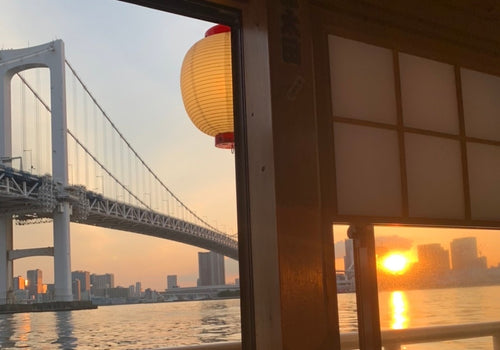
Night Cruises in Tokyo: Enjoy the City Views
Tokyo’s skyline is mesmerizing at any time, but experiencing it from the water on a night cruise adds a magical ...
-
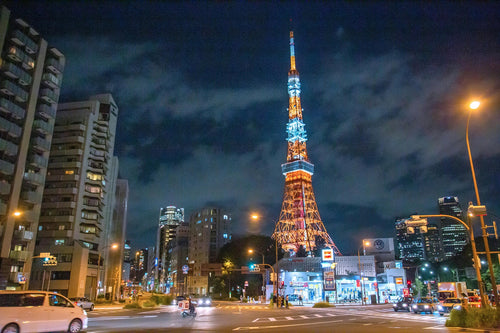
Roppongi Art and Nightlife Guide
Roppongi is one of Tokyo’s most vibrant districts, known for its lively nightlife, sophisticated art scene, and ...
-
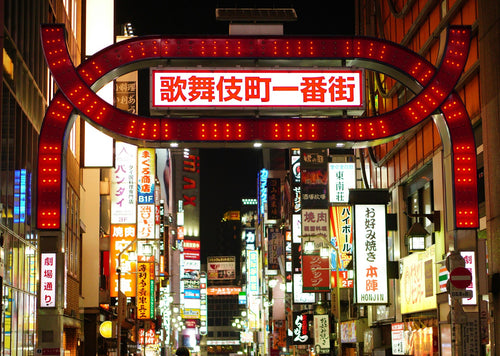
Nightlife Guide to Shinjuku Kabukicho
Shinjuku’s Kabukicho district, known as Tokyo’s “Sleepless Town,” is the center of nightlife in Tokyo. Renowned ...
-

6 Best Night View Spots in Tokyo
Tokyo at night is a breathtaking spectacle, with illuminated skyscrapers, iconic landmarks, and bustling streets that...
-

Top 12 Sake Breweries in Japan for Tasting and Tours
Japan’s sake culture is celebrated around the world for its depth, complexity, and rich history. Sake, or nihons...
-
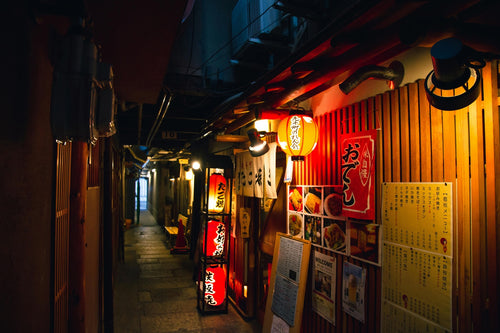
How to Enjoy a Night at a Japanese Izakaya
Japanese izakayas are casual, lively spots where locals gather after work to enjoy drinks, share small plates, a...
-

Exploring Karaoke Culture in Japan: 8 Best Places to Sing
Karaoke is an integral part of Japanese culture, offering a fun and entertaining way for friends, family, and even co...
-

5 recommended bars in Golden Gai
Golden Gai, nestled in the heart of Tokyo’s Shinjuku district, is one of the city’s most iconic bar districts. Known ...
-
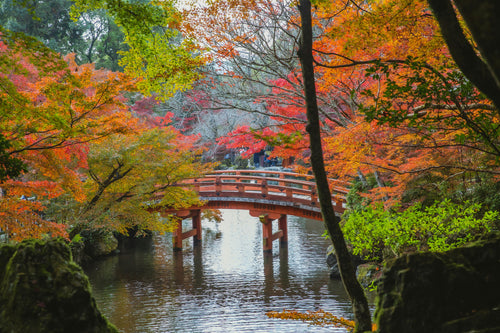
10 Japanese Gardens You Should Visit for Tranquility
Japanese gardens are renowned for their beauty, tranquility, and intricate designs that reflect harmony with nature. ...
-

Japan’s Kimono Heritage: Symbolism, Style, and Where to See
The kimono, Japan’s traditional garment, is a beautiful and symbolic representation of Japanese culture. From its int...
-
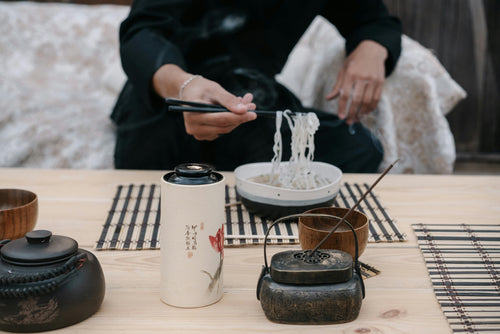
Etiquette Essentials for Visitors to Japan
Japan’s culture is rich in respect, politeness, and consideration, making etiquette an essential part of daily l...
-
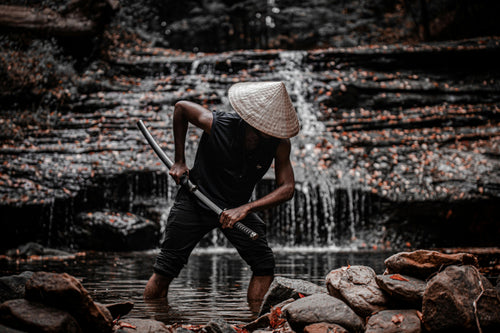
7 Best Places to Discover Japan’s Samurai History
Japan’s samurai history is one of honor, skill, and deep cultural influence, stretching back centuries and leaving an...
-
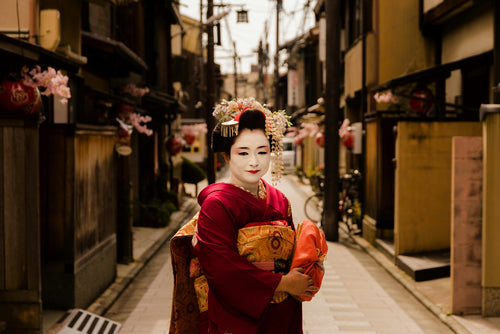
Geisha Culture in Japan: Myths and Realities
The world of geisha, Japan’s skilled performers and keepers of traditional arts, has long intrigued people around th...
-

Japan’s Unique Architecture: Top 8 Traditional and Modern Landmarks
Japan is renowned for its unique blend of ancient architectural heritage and cutting-edge modern designs. From c...
-
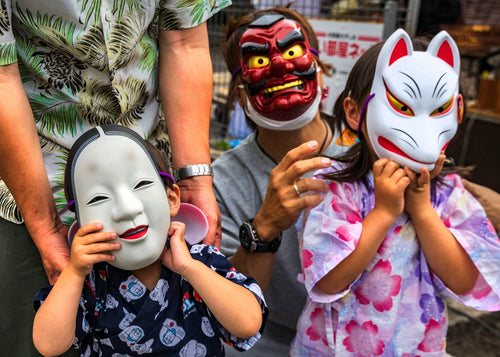
10 Traditional Japanese Festivals (Matsuri) You Can’t Miss
Japanese festivals, or *matsuri*, are vibrant celebrations of cultural heritage, featuring elaborate costumes, l...
-
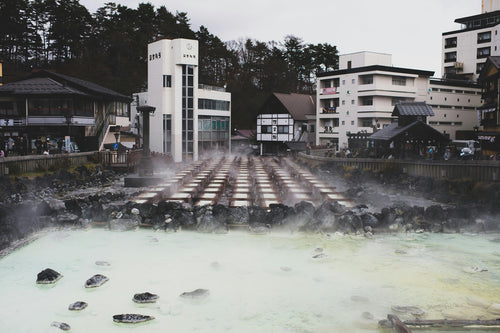
Japan’s Three Great Onsen: A Guide to Famous Hot Springs
Japan is famous for its natural hot springs, or *onsen* (温泉), offering visitors a unique opportunity to relax and rej...
-
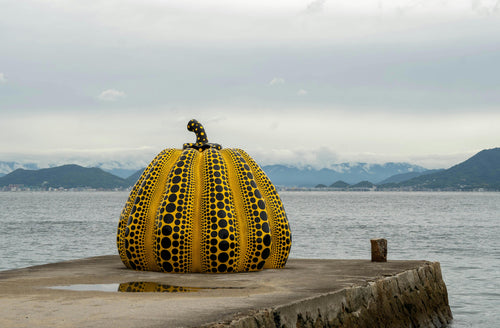
Japanese Art Exploration: Best Spots to Enjoy Art in Japan
Japan is a country rich in artistic heritage, from centuries-old traditional crafts to modern, innovative instal...
-

Guide to Japan’s Fireworks Festivals: When and Where to Go
Japan’s summer fireworks festivals, known as "hanabi taikai" (花火大会), are among the most anticipated events in th...
-
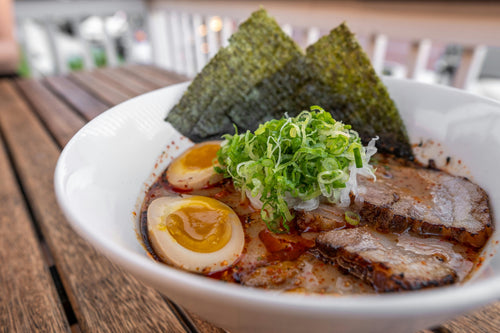
Where to Experience Ramen-Making Classes in Japan
Ramen is one of Japan’s most beloved dishes, with countless regional styles and flavors that attract food lovers from...
-
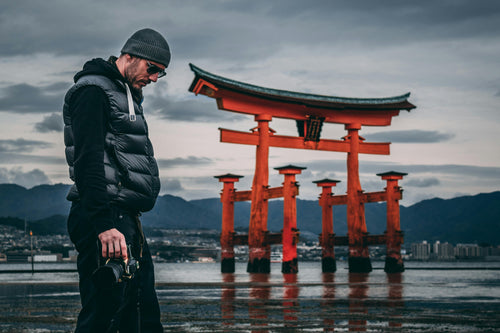
Power Spot Tours: Japan’s Famous Temples and Shrines
Japan is a land steeped in spiritual history, and visiting its temples and shrines provides not only a glimpse i...
-
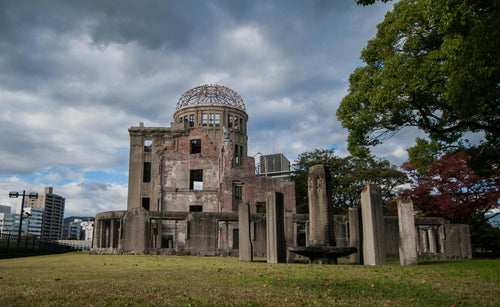
UNESCO World Heritage Site Tour Guide in Japan
Japan is home to numerous UNESCO World Heritage Sites, each offering a glimpse into the country’s rich cultural herit...
-

5 Famous Japanese Castles: History and Highlights
Japan is home to some of the most beautiful and historically significant castles in the world. Built during the feuda...
-
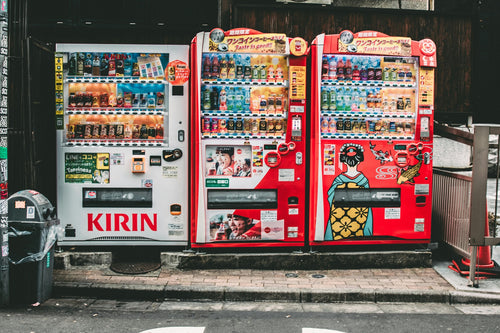
10 Unique Drinks to Try from Japanese Vending Machines
Japan is famous for its vending machines, offering an incredible variety of drinks that go beyond just soft drinks an...
-
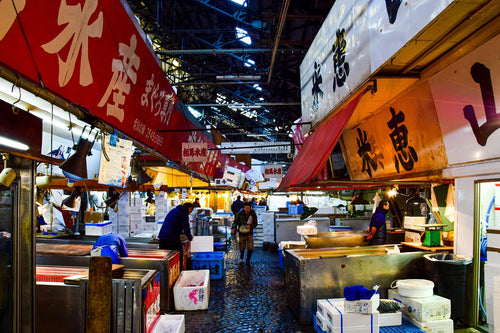
Tokyo Market Guide: Exploring Tsukiji and Toyosu Markets
Tokyo's Tsukiji and Toyosu Markets are must-visit spots for food lovers and anyone interested in Japan’s rich culinar...
-
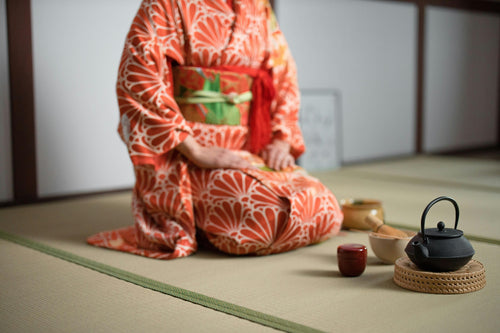
Experiencing Traditional Tea Ceremony in Tokyo
The Japanese tea ceremony, or "chanoyu," is a cultural experience steeped in tradition, aesthetics, and mindfulness....
-
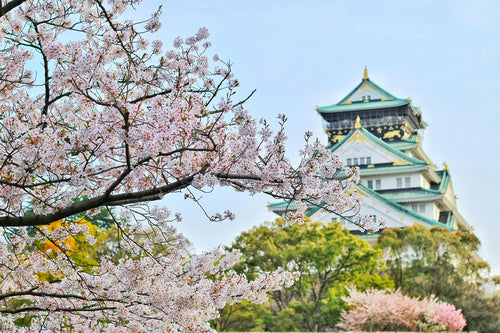
Top 7 Cherry Blossom Viewing Locations in Tokyo
Springtime in Tokyo is synonymous with the cherry blossom season, a breathtaking period when the city’s parks, rivers...
-
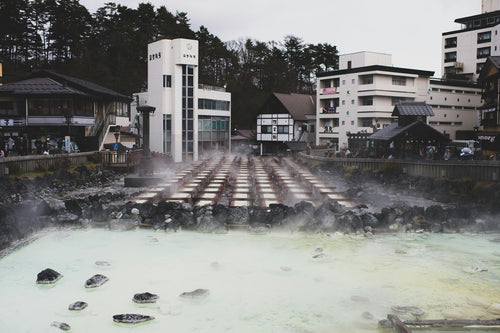
What is Onsen? A Guide to History, Benefits, and Etiquette
Onsen, Japan’s cherished hot spring culture, offers a unique blend of relaxation, scenic beauty, and deep-rooted trad...
-
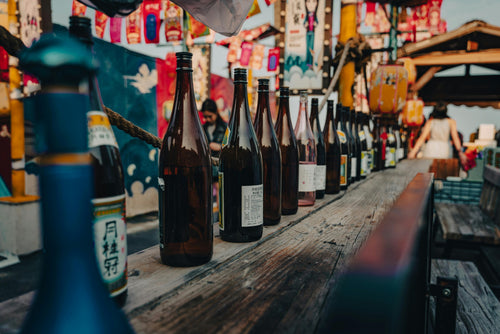
What is Sake? Its Production Method and History
Sake is a traditional Japanese alcoholic beverage made from fermented rice. It has been enjoyed in Japan for over a t...
-

8 hot springs with beautiful scenery near Tokyo
Tokyo is a bustling metropolis, but just outside the city are some of Japan's most serene hot springs, or onsens, off...
-

Top 10 museum to visit in Tokyo
Tokyo is home to a diverse range of museums that cater to all interests, from art and history to technology and pop c...
-
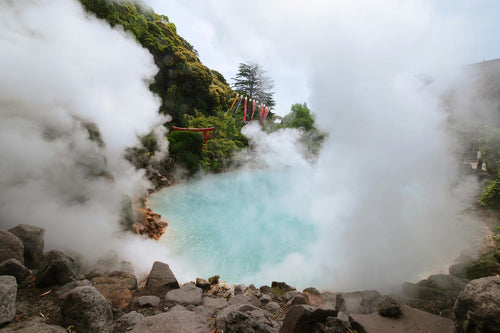
9 Best Hot Spring and Bathhouse in Tokyo
Tokyo is known for its vibrant urban energy, but it's also a fantastic place to relax and rejuvenate in hot springs (...
-
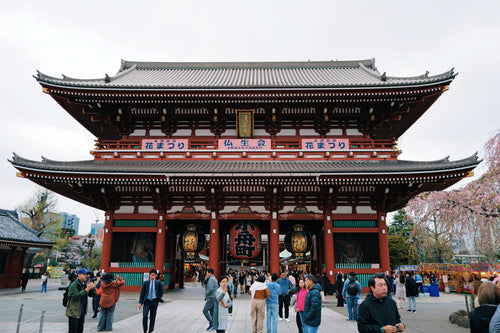
15 Famous Temples and Shrines to Visit near Tokyo
Tokyo and its surrounding areas are home to many famous temples and shrines that showcase Japan's rich spiritual and ...










































